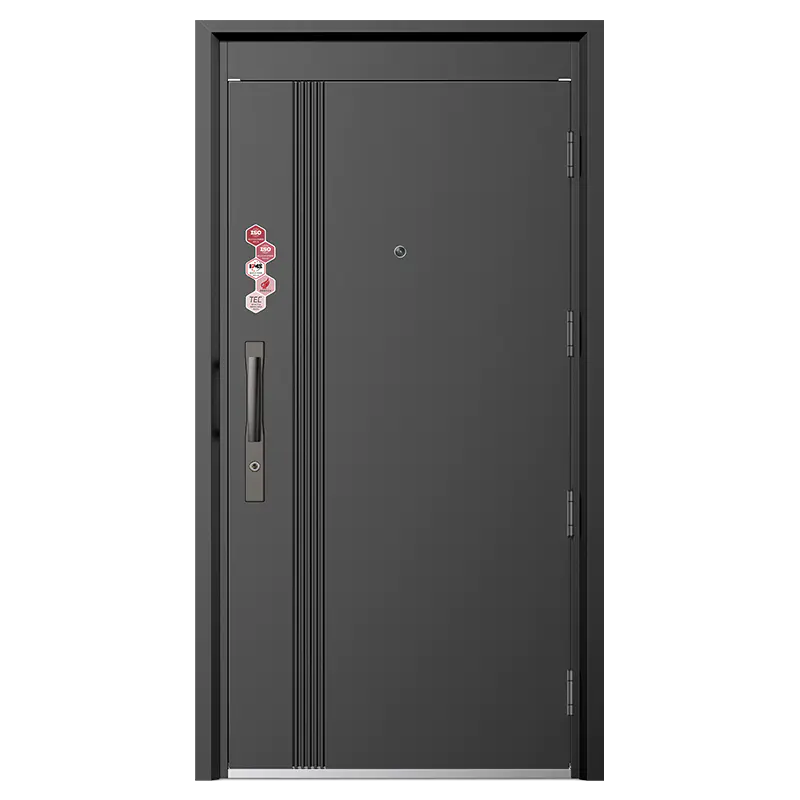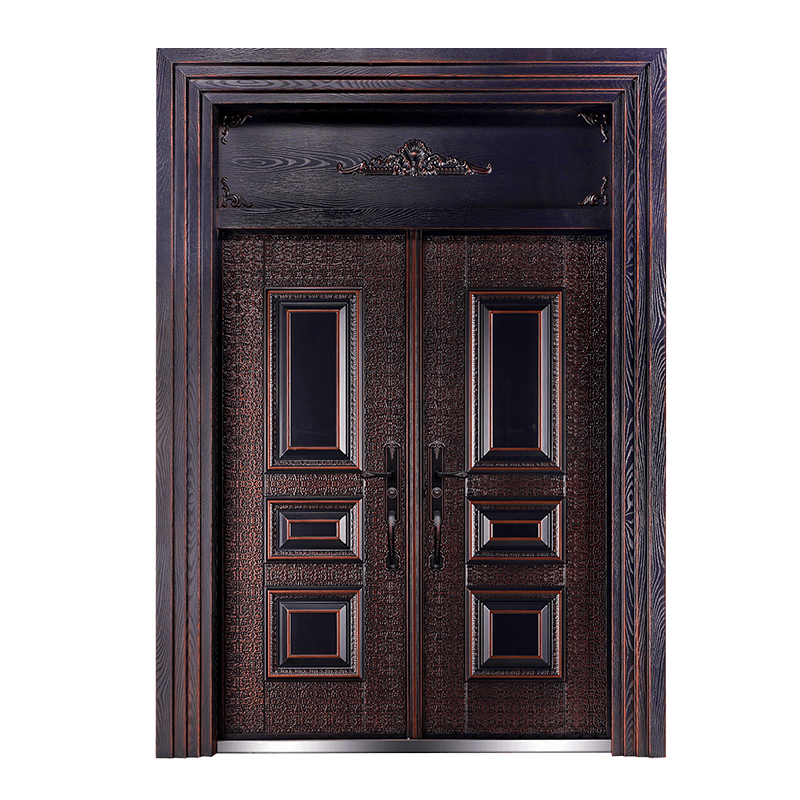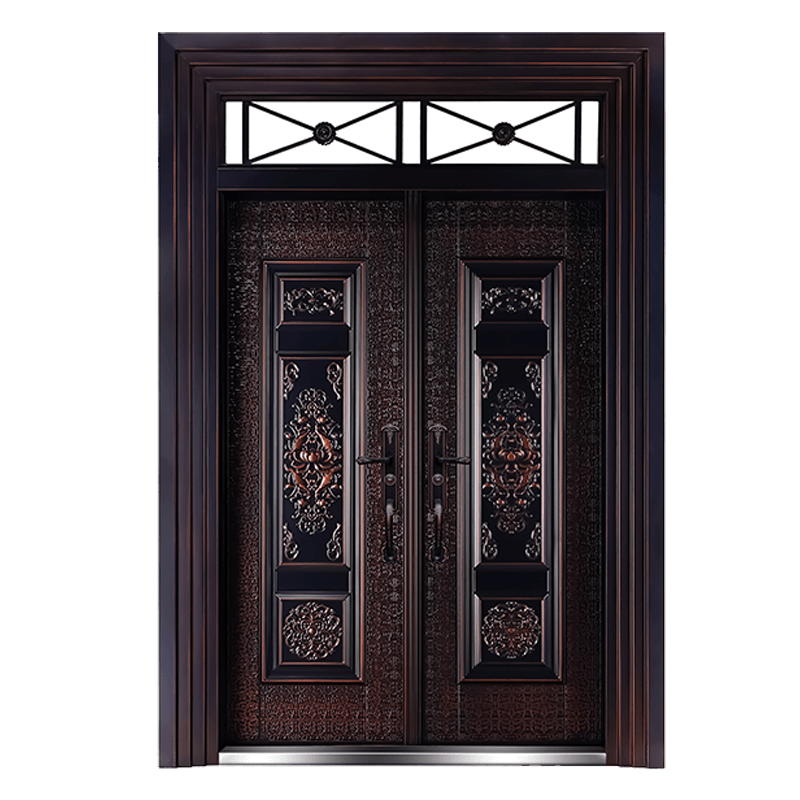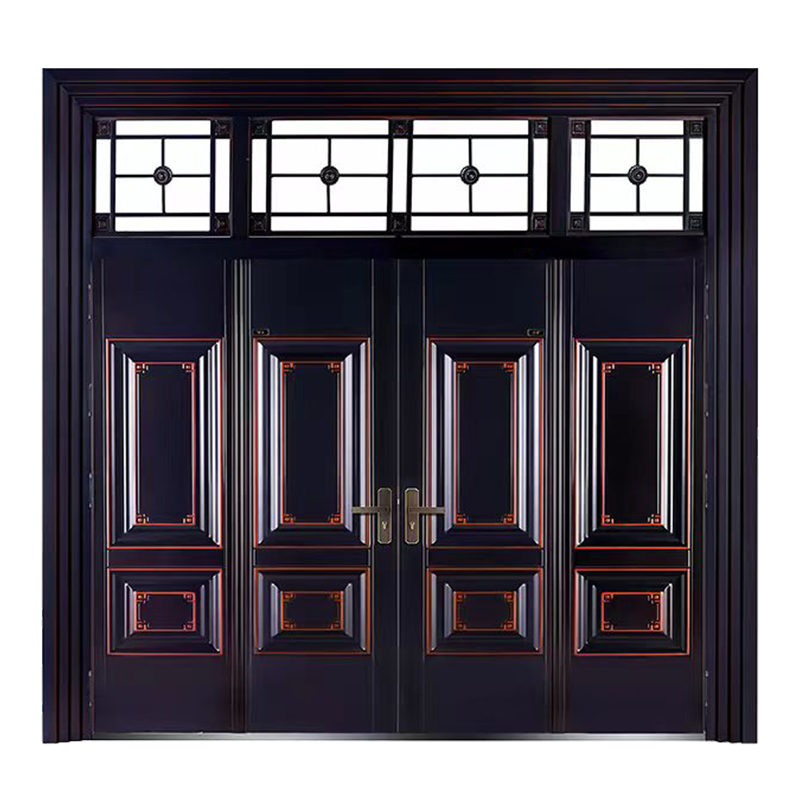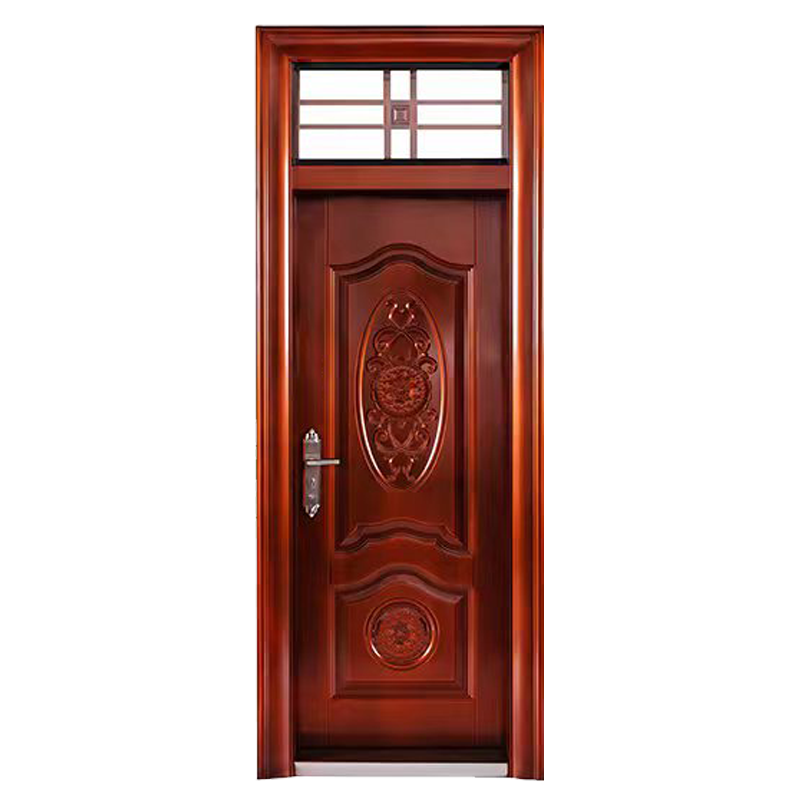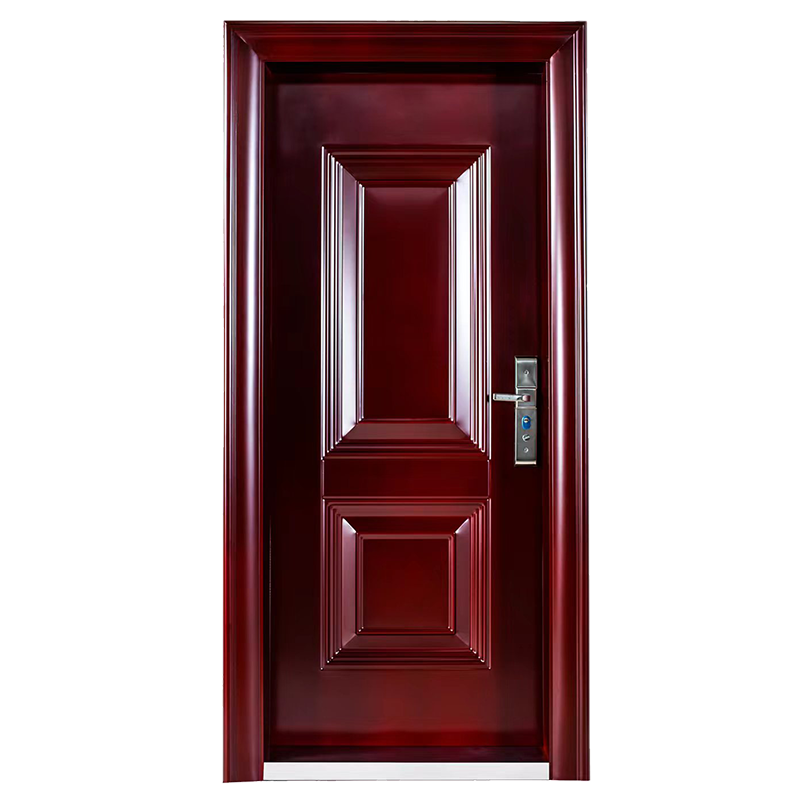Improving Household Safety and Access Efficiency Through Advanced Entrance Anti-Theft Door Design
Aug 08, 2025
As the line of defense for homes and buildings, the Entrance Anti-Theft Door serves not only to deter unauthorized access but also to provide users with practical, everyday convenience. Modern advancements in materials, lock systems, and smart technologies have transformed traditional doors into multifunctional security solutions. Today’s high-performance doors are no longer limited to offering resistance against forced entry—they are also engineered to make access easier, faster, and more intelligent for residents. The growing demand for both safety and comfort has driven manufacturers to combine innovative structural features with smart access systems, resulting in a new generation of doors that serve both purposes seamlessly.
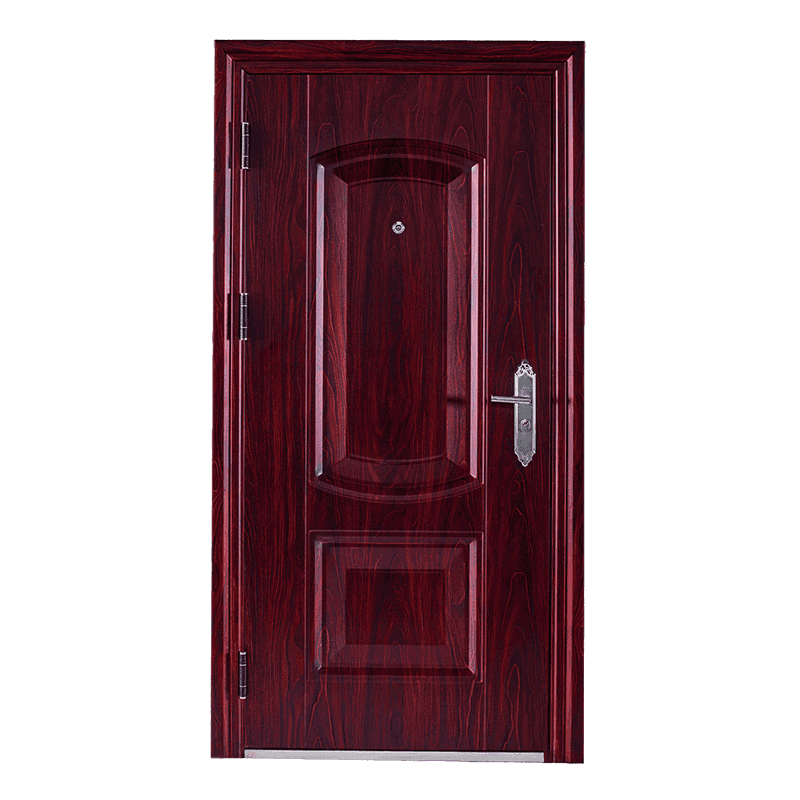
Enhanced Multi-Layered Security Features
Security is the fundamental purpose of any entrance door, and to meet rising safety standards, manufacturers have introduced multiple design upgrades to resist break-ins. These include reinforced steel cores, explosion-proof lock bodies, and multi-point locking mechanisms that secure the door along multiple sides instead of just at a single point. Hidden or anti-pry hinges further reduce the likelihood of forced opening. Additionally, internal reinforcements make the door resistant to physical attacks such as kicking, drilling, or prying. Some models even integrate impact-resistant panels or fireproof materials for added protection. These layered defenses make unauthorized entry extremely difficult, reducing the chance of successful intrusion and buying time for a response in the event of attempted burglary.
Integration with Smart Locking Systems
Convenience has become just as important as security in the modern household. To enhance ease of use, entrance security doors are increasingly integrated with smart locking systems. These may include fingerprint recognition, facial recognition, numeric keypads, RFID cards, or smartphone-based Bluetooth access. Users can unlock their doors without physical keys, reducing the risk of lost or duplicated keys compromising security. Remote access also allows homeowners to monitor entry and grant temporary access to family, guests, or delivery personnel, all from a mobile app. Notifications and access logs improve awareness and control, while automation can link the door to other smart home systems for a seamless user experience.
Quiet and User-Friendly Mechanical Design
Beyond technology, the physical construction of the door contributes to daily convenience. High-quality Entrance Anti-Theft Doors are designed with smooth hinge movement and soft-closing features, preventing abrupt slams and reducing noise in residential environments. Ergonomic handles and intelligent lighting around the door area also improve usability, especially for elderly individuals or during nighttime use. Thermal insulation and soundproofing features are integrated into many models, maintaining a comfortable indoor climate and quiet environment, which further enhances the living experience while maintaining high security levels.
Long-Term Reliability and Low Maintenance
Another benefit contributing to both security and convenience is the longevity of modern doors. Corrosion-resistant coatings, weatherproof seals, and high-durability materials mean that these doors can withstand harsh environmental conditions with minimal maintenance. Locks and hinges are tested for tens of thousands of open-close cycles to ensure durability over time. For users, this means fewer service calls and reduced risk of lock failure or hinge malfunction. With routine checks and occasional cleaning, the door continues to perform for many years, giving both peace of mind and practical value.
Conclusion
The design and functionality of entrance doors have evolved significantly to meet modern demands for both protection and user-friendliness. By integrating advanced locking systems, smart technologies, reinforced materials, and thoughtful ergonomics, manufacturers have created entrance solutions that not only guard against threats but also simplify daily routines. Whether through biometric access, real-time monitoring, or silent operation, the modern entrance door represents a good blend of security and convenience. As technology progresses, we can expect even more intelligent, durable, and user-centric innovations in the future of entryway security.

 English
English 中文简体
中文简体 Français
Français Español
Español عربى
عربى